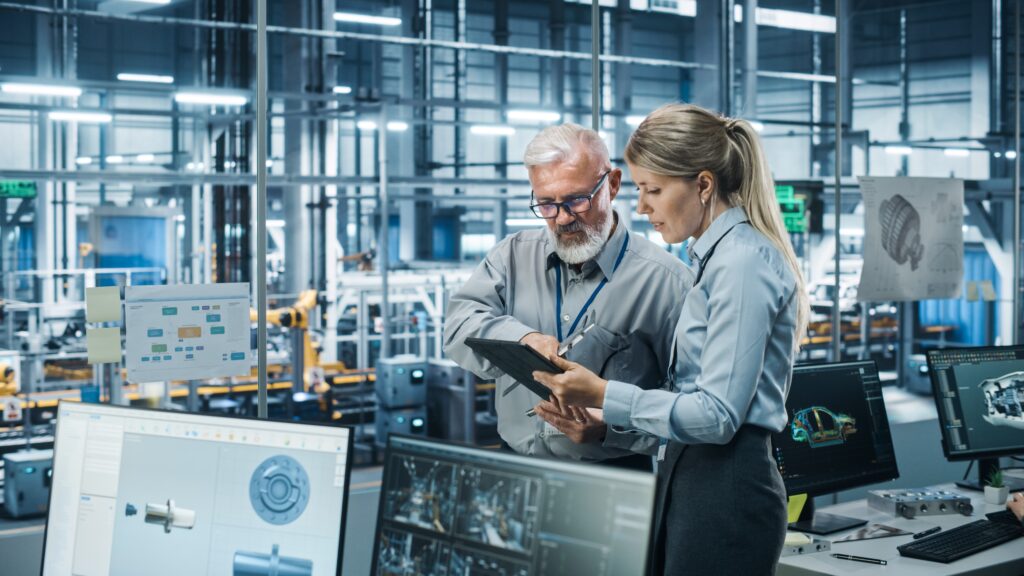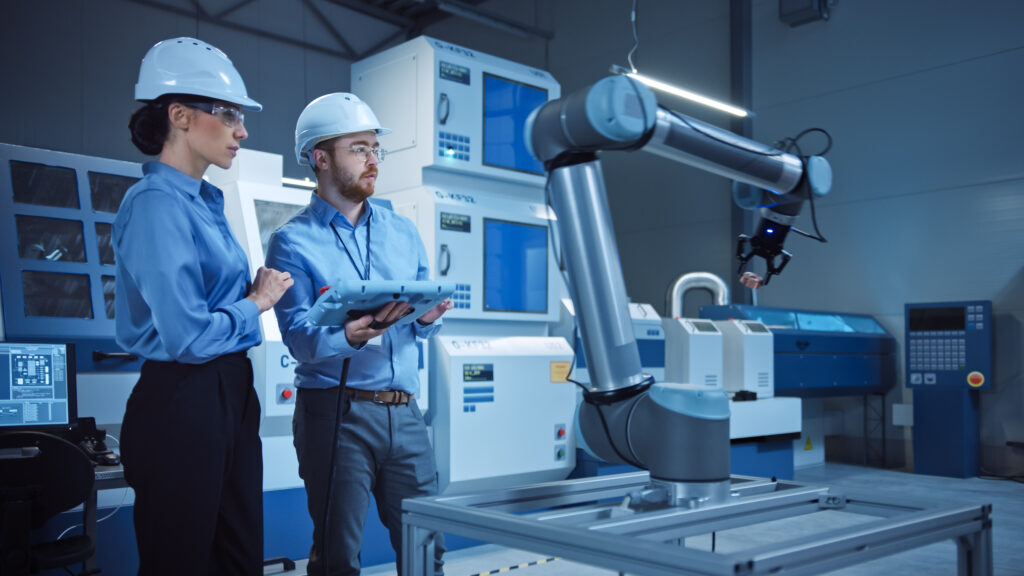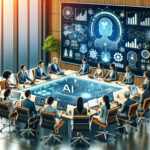
Generative AI is no longer just a buzzword; it’s a transformative force reshaping industries and redefining productivity. From the tech that powers our daily devices to the advanced tools that surprise consumers, AI’s integration into our lives has been subtle yet profound.
Remember the buzz when AlphaGo, developed by DeepMind, outplayed a world champion Go player in 2016? While it was a significant milestone, it was generative AI applications like ChatGPT, GitHub Copilot, and Stable Diffusion that truly captured global attention. Their broad utility and exceptional conversational abilities have made them indispensable tools for many.
These generative AI tools are not just about reorganizing and classifying data. Their prowess lies in writing text, composing music, and crafting digital art, which has intrigued consumers and businesses alike. However, understanding their impact on business and society requires context, especially given the rapid advancements in the field. For instance, just four months after the release of ChatGPT in November 2022, OpenAI introduced GPT-4, showcasing significantly enhanced capabilities. By May 2023, Anthropic’s generative AI, Claude, could process an average novel’s length in a minute, a stark increase from its initial capabilities. Google, too, has embraced generative AI, announcing features like the Search Generative Experience and introducing the new LLM, PaLM 2.
But what’s driving this generative AI surge? The answer lies in foundation models. These expansive artificial neural networks, inspired by the human brain’s intricate neuron connections, are a significant evolution within deep learning. They can process vast amounts of unstructured data and multitask, leading to innovations across images, videos, audio, and even computer code.
Our journey to comprehend generative AI’s capabilities is just starting. Our research suggests that generative AI can revolutionize functions like sales, marketing, customer operations, and software development. It holds the potential to unlock trillions in value across sectors, from banking to life sciences. To put it in perspective, generative AI could add a staggering $2.6 trillion to $4.4 trillion annually across various use cases. This impact could potentially double when generative AI is integrated into other software applications.

A significant chunk of this value lies in areas like customer operations, marketing and sales, software engineering, and R&D. For instance, in the banking sector, generative AI could bring in an additional $200 billion to $340 billion annually. Retail and consumer goods aren’t far behind, with a potential impact of $400 billion to $660 billion annually. This is according to a McKinsey study published in June 2023.
Generative AI’s potential doesn’t stop at economic value. It’s set to redefine work, augmenting individual capabilities and automating tasks that currently consume a significant portion of employees’ time. This automation potential, especially in understanding natural language, is expected to have a more significant impact on knowledge-intensive roles.

The pace of workforce transformation is set to quicken. Our projections suggest that by 2045, half of today’s work activities could be automated, a decade earlier than previous estimates. This could lead to a labor productivity growth of 0.1 to 0.6 percent annually through 2040.
In conclusion, the generative AI era is in its infancy. The excitement is tangible, and the early results are promising. However, realizing its full potential will require addressing challenges, including managing inherent risks, upskilling the workforce, and reimagining core business processes. At Thia.io, we’re committed to guiding you through this transformative journey, ensuring you harness generative AI’s full potential.

Experienced Machine Learning, Artificial Intelligence, Data Strategy, Information Technology, and Shared Services Executive
Things that matter:
• five largest ML models created at P&G, with over 10,000 pipeline runs/year
• initiated and operated THE data labeling platform and services for ML at P&G, with 300+ projects and millions of annotations on the platform
• Generative AI strategy for the Global Business Units Shared Services for the Brand, R&D, Manufacturing, Supply Chain, Master Data + eComm functions
• Product Management leadership for enterprise-wide Cloud applications combining data and AI
Education
Harvard Business School Executive Education: Artificial Intelligence (Competing in the Age of AI).
Northwestern University: Executive Strategies to Unlock Enterprise Value in Artificial Intelligence
University of Bucharest: Master of Computer Science from the Faculty of Mathematics
CIIM – Master of Business Administration (MBA) with a focus on Finance
Key Certifications:
AWS Certified Machine Learning – Specialty
Azure ML Artificial Intelligence Certification
Data Camp Certified Data Scientist (Python Track)












